Pubs have long been cultural hubs, offering more than just a place to quench thirst. They serve as windows into the past, reflecting the social, economic, and artistic norms of their times. From the cozy taverns of medieval Europe to the vibrant alehouses of the British Isles, pubs carry a rich history that continues to inspire modern-day decor enthusiasts. In this journey through time, we explore the evolution of pub culture, its unique characteristics, and how historical influences shape contemporary design ideas. Whether you’re a history buff or a design enthusiast, this exploration of pub decor inspiration from history promises to reveal timeless aesthetics that transcend eras and borders.
Key Takeaways
– The UK Leads Global Pub Culture: With over 57,000 pubs, the UK boasts the most extensive pub culture, offering diverse settings from traditional alehouses to bustling city bars.
– Ireland and Germany Offer Unique Flavors: Ireland’s pubs are famous for Irish coffee and live music, while Germany’s beer halls and Gasthofs provide hearty meals and local brews.
– Density and Growth Insights: The UK has the highest pub density, while Japan’s izakayas blend tradition with modernity. The U.S. is seeing a rise in urban pub scenes despite lower density compared to Europe.
– U.S. Pub Terminology: Often referred to as “bars,” American pubs may also be called “taverns” or “saloons,” reflecting regional history and atmosphere.
– Historical and Modern Flooring Trends: Historically, sawdust was used for hygiene and ambiance, but today, cleaner alternatives are preferred, offering a balance between tradition and modernity in pub design.

The Origin of Pub Culture
Pubs have been an integral part of British culture for centuries, with their origins tracing back to ancient times. Here’s a breakdown of the evolution of pub culture:
- Ancient Roots : The concept of pubs can be traced back to Roman Britain, where taverns were established along trade routes to serve travelers. These early establishments served wine, beer, and other beverages to weary travelers.
- Anglo-Saxon Alehouses : During the Anglo-Saxon period, these taverns evolved into alehouses, where locals could gather to enjoy homemade brews. These alehouses became central to village life, often doubling as community centers.
- Medieval Inns and Coaching Houses : By the medieval period, inns and coaching houses emerged, catering to the needs of travelers and stagecoach passengers. These establishments were often run by monasteries or churches, providing shelter and food for those on long journeys.
- Rise of Public Houses in the 18th and 19th Centuries : The 18th and 19th centuries saw the rise of public houses as we know them today. These pubs became hubs of social interaction, often hosting local events, music sessions, and even political debates. The availability of cheaper beer and the growth of industrialization made pubs accessible to a broader population.
- Modern Evolution : Over time, pubs have evolved to cater to diverse tastes and preferences. Traditional pubs remain popular, while modern chains like Dufferin Arms offer a mix of historic charm and contemporary amenities. Pubs have also embraced their role as cultural landmarks, preserving local heritage while adapting to changing societal needs.
Today, pubs continue to play a vital role in British culture, serving as gathering places for communities and fostering a sense of belonging. Their rich history and enduring appeal make them a cornerstone of pub culture worldwide.
The History of Pub Signage
Pub signs have a rich and storied history that dates back centuries, reflecting the cultural and social evolution of public houses in the United Kingdom. These signs are not merely decorations but are deeply rooted in tradition and history.
Origins in Ancient Rome
The origins of pub signs can be traced back to ancient Rome, where taverns were known as “tabernae.” These establishments often displayed symbols to indicate their trade, such as hanging vines or leaves to signify wine sales. In Britain, where vines are uncommon, small evergreen bushes were used instead, giving rise to the iconic “Bush” sign.
Medieval Times
During the medieval period, pub signs evolved to include religious symbols, as many inns were named after saints or apostles. The cross shape became a common symbol, representing Christianity and the safe haven provided by the establishment. The “Crown” and “Cross” signs were also popular, symbolizing royal approval and protection.
Renaissance and Coats of Arms
By the Renaissance era, pub signs began to feature elaborate designs, often incorporating coats of arms. This period saw the rise of the “Crown Inn” sign, which combined the symbolic crown with the Cross of Saint George, a prominent national symbol.
Industrial Revolution and Mass Production
With the advent of the Industrial Revolution, the production of pub signs became more standardized. Signs like the “Mermaid” and “Green Man” gained popularity, with the latter symbolizing nature and fertility. These designs reflected the changing values and aesthetics of the time.
Victorian Era and Intricate Designs
Victorian-era pubs were adorned with highly detailed and ornate signs, often featuring mythical creatures like griffins and pegasi. These designs were intended to attract patrons and reflect the grandeur of the age.
Modern Times and Regulatory Changes
In the 20th century, pub signs underwent significant changes due to licensing laws and health and safety regulations. Many traditional signs were replaced with more generic “pub” signs, though some historic designs remain preserved.
Dufferin Arms and Pub Culture
The Dufferin Arms blog highlights the enduring charm of pub culture and the importance of preserving these traditional signs. Their articles explore the social significance of pubs and their role in local communities, celebrating the legacy of these establishments.
Explore the rich history of pub signs and discover the stories behind these iconic symbols at Dufferin Arms .
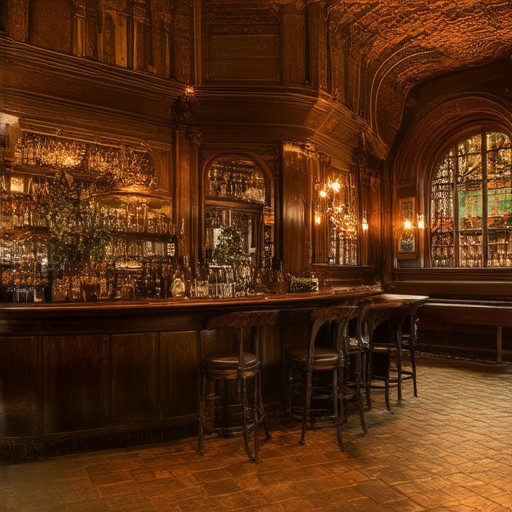
What’s the Difference Between a Pub and a Bar?
A pub and a bar both serve alcoholic beverages, but they differ in atmosphere, offerings, and purpose. Here’s a breakdown:
- Pub: – Traditional Atmosphere: Often cozy, with wooden interiors, dim lighting, and a focus on beer, especially cask ale. – Diverse Drinks: Offers a range of beers, wines, and spirits. – Food Service: Typically serves traditional British dishes. – Social Function: Known for community gatherings, often with live music or sports events.
- Bar: – Modern Vibe: Trendy, vibrant spaces with a focus on mixed drinks and craft beers. – Drink Variety: Wider selection, including cocktails and wine options. – Entertainment Focus: Usually features a dance floor or lively atmosphere for socializing.
The choice between a pub and a bar depends on your preference—whether you’re seeking a traditional, community-driven experience or a modern, energetic night out.
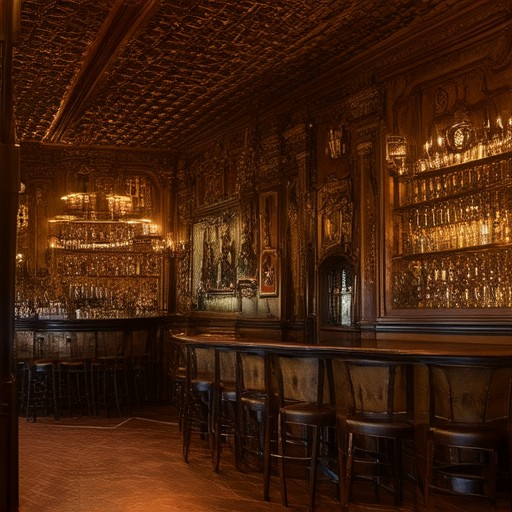
What Country Has the Biggest Pub Culture?
The United Kingdom boasts the largest pub culture globally, with approximately 57,000 pubs spread across England, Scotland, Wales, and Northern Ireland. This makes the UK home to one of the most extensive pub cultures in the world. Ireland follows closely, with around 9,000 pubs, many of which are located in Dublin and other major cities. Germany also has a significant pub culture, particularly in Bavaria, where traditional beer halls and Gasthof (inns) are prevalent.
The UK’s pub culture is characterized by traditional alehouses, cozy village pubs, and lively city bars. Ireland is renowned for its “pubs” serving traditional Irish coffee and live music sessions. Germany’s pubs often feature hearty meals and a variety of local beers. Japan’s pub culture, centered around izakayas, has grown significantly, offering a mix of traditional and modern dining experiences.
In terms of density, the UK has about 3 pubs per 10,000 people, while Ireland has over 5 pubs per 10,000 individuals. The US also has a robust pub scene, particularly in urban areas like New York City and Chicago, though it lags behind European nations in density.
Explore the rich history and vibrant atmosphere of pub culture through Dufferin Arms ‘s insightful blog posts, where we delve into the legacy and charm of pubs worldwide.
What Do They Call a Pub in the USA?
In the United States, the equivalent of a British pub is typically referred to as a bar . While “pub” is less commonly used, it can still be heard in certain regions, particularly in areas with strong cultural ties to traditional establishments. Other terms like tavern and saloon are also historically significant, especially in rural or old-western settings. These establishments vary in atmosphere and offerings, ranging from casual bars to cozy taverns focused on specific beverages.
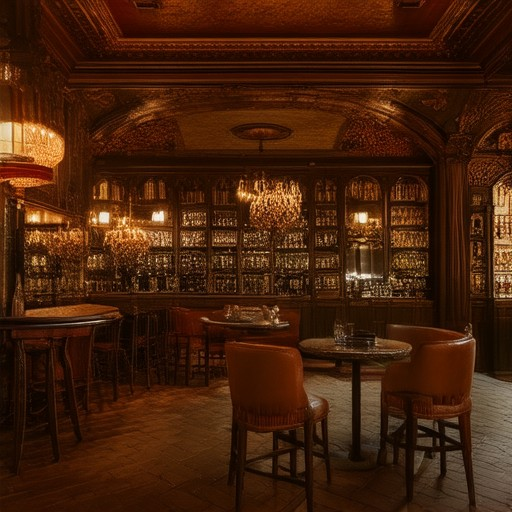
Why Did Pubs Have Sawdust on the Floor?
Pubs historically used sawdust on their floors for practical and hygienic reasons. The material served multiple purposes, including absorbing spills, masking odors, and providing a smooth surface for foot traffic. Sawdust was particularly effective at soaking up liquids like blood, spit, and spilled beverages, preventing stains and maintaining a drier environment. Its affordability and ease of application made it a cost-effective solution for maintaining cleanliness in busy establishments. Over time, this practice evolved into a cultural norm, contributing to the rustic ambiance often associated with traditional pubs. However, with advancements in cleaning technologies and health regulations, sawdust has largely been replaced by more modern, safer flooring solutions.

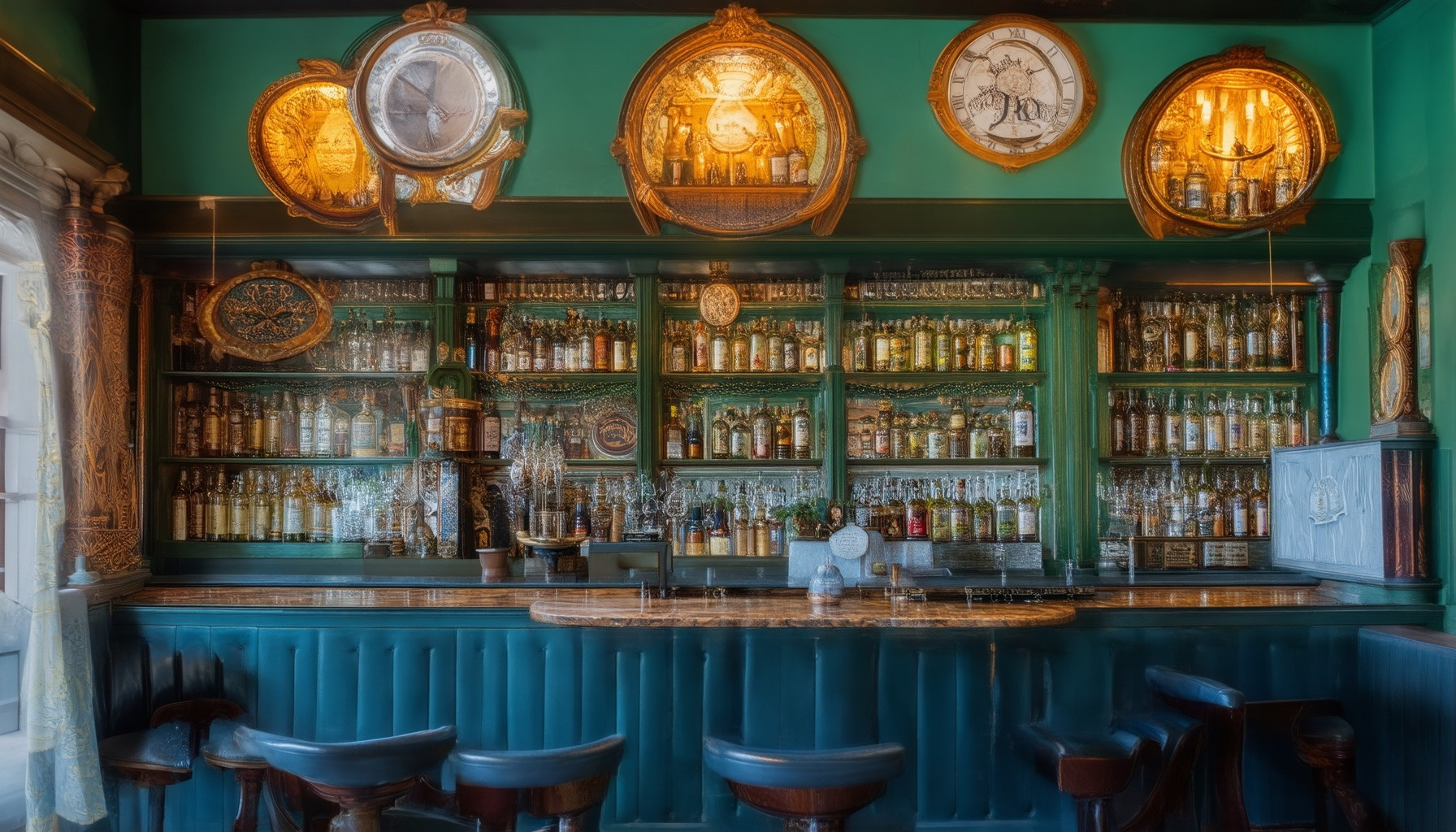
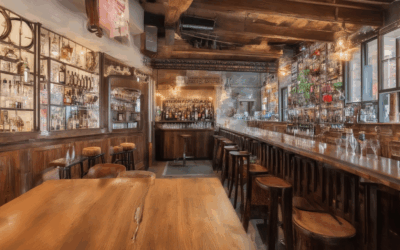
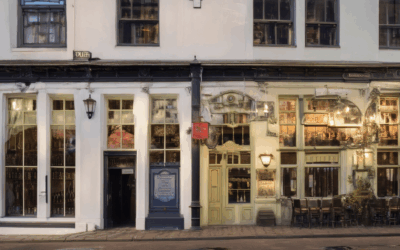
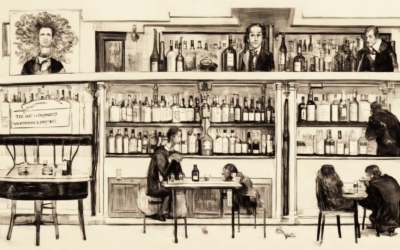
0 Comments